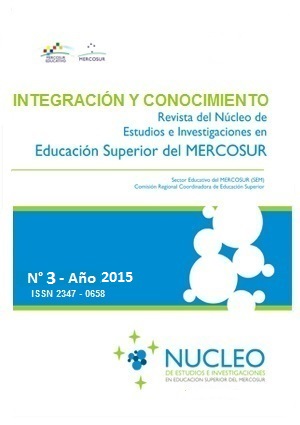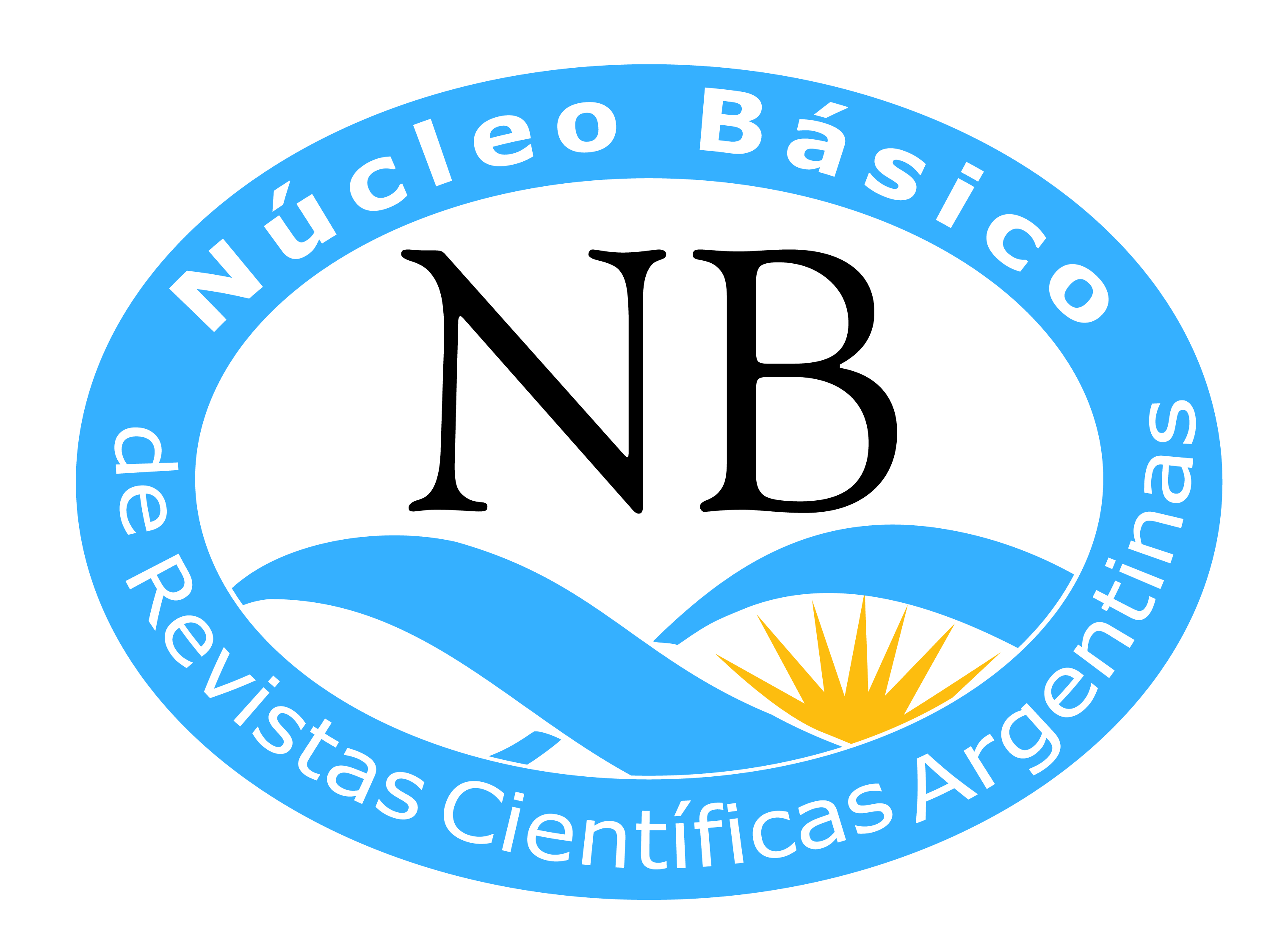Internacionalización de la educación superior
DOI:
https://doi.org/10.61203/2347-0658.v4.n0.12567Abstract
La educación se ha convertido en arena global y moneda global. Puede ocurrir en una sala de aula global donde los alumnos y los profesores ya no están confinados a sus propios contextos nacionales o regionales, porque son actores internacionales que trascienden fronteras y diferencias culturales.
Downloads
References
BRITISH COUNCIL & DAAD. (2014). Impacts of transnational education on host countries: academic, cultural, economic and skills impacts and implications of programme and provider mobility. Recuperado de www.britishcouncil.org/education/ihe.
DE WIT, H. (2013) (ed.) Internationalisation of Higher Education. An Introduction on the Why, How and What. En Hans de Wit (ed). An Introduction to Higher Education Internationalisation. Milan, Italy: Centre for Higher Education Internationalisation.
DE WIT, H. (2011). Globalisation and Internationalisation of Higher Education. Revista de Universidad y Sociedad del Conocimiento (RUC), 2(8), 77-84. Recuperado de http://journals.uoc.edu/index.php/rusc/issue/view/v 8n2.
FIELDEN, J. (2007). Global Horizons For UK Universities. London, UK: The Council For Industry and Higher Education (CIHE).
HALSEY FOX,W. & AL SHAMISI, S. (2014). United Arab Emirates Education Hub. A Decade of Development. En Knight, J. (Ed.), International Education Hubs. Student, Talent, Knowledge- Innovation Models. Netherlands: Springer. KNIGHT, J. Y MACNAMARA, J. (2015) The Impact of Transnational Education in Receiving Countries. International Higher Education, 82, 3-5. Recuperado de http://ejournals.bc.edu/ojs/index.php/ihe/article/vie w/8862/7933
OCDE & World Bank (2007). Cross-Border Tertiary Education for Development: A way towards capacity development. Washington, D.C.: OECD Publishing.
STIASNY, M. et Al. (2008). Mobility Matters: Forty Years of International Students, Forty Years of UKCISA. London, UK: United Kingdom Council for International Student Affairs.
Downloads
Published
Issue
Section
License
Authors who have publications with this journal accept the following terms:
a. Authors shall retain their copyright and guarantee the journal the right of first publication of their work, which shall simultaneously be subject to the Creative Commons License of Recognition which allows third parties to share the work as long as its author is indicated and its first publication is this journal.
b. Authors may adopt other non-exclusive licensing agreements for the distribution of the published version of the work (e.g., depositing it in an institutional telematic archive or publishing it in a monographic volume) provided that the initial publication in this journal is indicated.
c. Authors are allowed and encouraged to disseminate their work via the Internet (e.g. in institutional telematic archives or on their website) after publication of the article, which may lead to interesting exchanges and increased citations of the published work. (See The Effect of Open Access).



